U.S. CUSTOMERS: Tariffs are included in the product prices until the situation changes. Click here for more info.
U.S. CUSTOMERS: Tariffs are included in the product prices until the situation changes. Click here for more info.

How to prepare Winter Medicine with local Tree Resins
by Dan Riegler December 14, 2023 9 min read 1 Comment
By Dan Riegler

Spruce & Pine trees are often planted in urban areas and offer their resin freely to anyone who recognizes their value.
As we enter another winter here in the Northern hemisphere we brace ourselves for the onset of coughs, colds, flus and respiratory issues including the current variations of COVID. Cold, damp weather exacerbates old achy joints while short days and long nights bring some of us a sense of dread with Seasonal Affective Disorder looming in the dark. This is the time to prepare ourselves for the inevitable seasonal discomforts.
Dripping with sticky goodness
Literally dripping with an abundance of healing plant chemicals, our tree resins, across the globe, have traditionally addressed these discomforts and many more. Pine, Spruce, Fir, Frankincense, Myrrh, Elemi, and many other tree resins provide us with a wide range of therapeutic properties and applications.

Fragrant, gooey and sticky Spruce resin. A wonderful gift from the trees.
These vibrant-smelling substances are well established as antibacterial, anti-inflammatory and antitussive and act as agents of emotional grounding and spiritual clarity. Pine and Spruce resins share a long history of use around the world as decongestants, wound healers and relievers of musculoskeletal pain. There is an abundance of research online that supports their traditional medicinal uses, and I suggest you look some of them up.
Cough it up
One of the best-known uses of these tree resins is to help treat and alleviate respiratory distress. Compounds in Pine, Spruce and other tree oleoresins ease our breathing, calm our minds and help break up phlegm so we can expectorate it (cough it up). The list of therapeutic properties our trees bring us grows daily as more research is performed and ancient traditions are examined.
Limber up
Many tree resins are also excellent in muscle and joint rubs. They stimulate surface blood flow which helps remove toxins from muscles and joints, invigorate tired muscles, ease aches and pains, reduce swelling and inflammation in joints and reduce the pain of sprained and strained muscles.
St. John's Wort/Spruce Muscle & joint rub-In the shop
More than Essential Oils
The past few decades, with the growth of Aromatherapy, we have focused on essential oils as representatives of the therapeutic powers of plants. However, in the case of oleoresins, the essential oils only bring us a small part of the healing compounds in the plant material. When we distill the essential oils out of the above oleo resins, we are left with the resin portion which contains some of the tree’s most valuable therapeutic compounds.

Above-the pure resin of Frankincense Sacra after the essential oils have been removed through distillation. This is a material packed with therapeutic compounds and resin acids including the Boswellic acids
Traditional solvents for easy extractions
We have used vegetable oils and animal fats to extract the active compounds in oleoresins for our medicine, perfume and cosmetics for thousands of years . In colder climates, vegetable oils were not as readily available as animal fats and many therapeutic and cosmetic products were delivered in a base of tallow, lard and other animal fats. I'm happy to say I have noticed a revival of these traditions lately and it is good to see more of our ancient knowledge reclaimed and brought back into our culture.
Alcohol vs Vegetable Oil Extracts from Oleoresins
Though all these oleoresins will dissolve in alcohol, alcohol extracts are not suitable for external use. Once the alcohol has evaporated we are left with a very sticky material that sits on top of the skin. Oils and fats not only neutralize the stickiness but they facilitate absorption into the skin. This is important since many of these therapeutic compounds are absorbed through the skin and pass the blood/brain barrier.

My Winter Chest Rub-A 2 part formula
Part 1
- Gird yourself with a scale, a notebook and a pen. Set them aside in a clear and uncluttered spot. Weigh everything, and be prepared to write everything down clearly. (Your future self will thank you!)
- Take 100 grams, (3.5 Ounces), of fresh Spruce or Pine resin, or a mixture of them. (A bit more if you have included lots of twigs, bark and needles.) (Note that you can double or triple this recipe, or cut it in half. Just keep the same proportions of ingredients).
- Place it in a mason jar or a similar vessel. (A-1 litre mason jar, (1 quart) is a good size for this formula.)
- Add 200 grams, (7 Ounces), of a vegetable oil or animal fat of your choice. In general a ratio of 1:2 or 1:3 resin to oil works well. 1:1 yields a thick syrup consistency which is difficult to filter or work with. Do not mix volume and weight. I find working with weight alone is much better.
- Prepare a water bath, which is a pot of room-temperature water large enough to partially submerge your mason jar.
- Clamp the jar to the wall of the water-bath with spring clamps or clothes pegs. This is to ensure the jar is stable and not sitting on the bottom of the water bath pot and receiving direct heat from the heat source which could crack it.( Never plunge a glass vessel into a hot water bath. Never use a microwave to heat oils or oleoresins. Never heat oleoresins in a pot on direct heat since these oleo resins extremely flammable.)
- Make sure the level of water reaches the height of the oil in the mason jar.
- Bring the water bath to a boil. Then lower to a simmer.
- Stir, press, and agitate the oil/resin mixture periodically with a clean wooden spoon or other clean utensil, break up any chunks or lumps as best you can.
- Leave the jar in the simmering water bath until the oleoresins have broken up and dissolved in the oil as much as they will.
- Turn off the heat
- Get a metal mesh coffee filter, easily available on Amazon, place it in a funnel over a clean vessel/jar.
- Pour the mixture through the mesh. If it clogs up with debris, gently run the back or side of a spoon or a popsicle stick up and down the mesh to stimulate flow.
- If you can't get a mesh coffee filter, you can use the corner of a pillowcase or an old clean t-shirt and position it in the filter and pour the mixture in. When it is cool enough to handle, pull up the sides of the material, twist them together and press down into the funnel to squeeze out any residual oil.
- Pour all your liquid into a clean jar with a lid.
- Put the residue of the extraction in the compost or in the garden.
A potent & naturally medicated oil
That's it! You now have a potent, fragrant, whole oleo-resin, medicated oil that works effectively “as is” rubbed on the chest and/or the back, for respiratory issues, coughs, colds, congestion, bronchitis, asthma, etc. Or, it can be used for stiff, sore muscles, joint pains, sprains and other muscle and joint issues.
Now we can use essential oils
If you want to keep your oil as a ready to use medicated oil, you can add essential oils to compliment the applications you are using your extract for, such as Rosemary, Eucalyptus and Peppermint essential oils for respiratory issues, Chamomile for sleep, or Wintergreen or Birch for use as a muscle rub.
I recommend keeping the percentage of essential oils you add to under 2% of your total weight to reduce the chances of skin irritations. This mixture will keep for years.
It is often recommended to add 400 IU, (one gel cap), of vitamin E to each cup or 250 ml. of medicated oil, or a small amount of benzoin resinoid to retard oxidization/rancidity. However, if your oil is fresh and the product is stored in a cool dark place, you can expect a shelf life of at least 2 years. Hopefully your product will be so effective and popular it won't stay unused for that long.
(Please note that If you decide to make a salve from your oil, do not add the essential oils to your oil at this point, but to the salve, as per the instructions below ).
A Mainstay for many families and a valuable asset in medicine cabinets around the world. I have made my great Northern Cough & Chest Balm for 28 years now with only minor variations in the formula.
Part 2
How To Make a Salve from Your Medicated Oil
 1 Oz. Beeswax Bars in the Shop
1 Oz. Beeswax Bars in the Shop
- Pour the filtered oil into a clean glass vessel that holds at least twice the volume of the oil.
- Clamp it onto the wall of your unheated water bath. (Do not place glass vessels directly on the bottom of the boiler pot and don't plunge them into hot water). Both these mistakes can result in cracked or broken vessels that will release your oil into the water. Clamp them to the side of the pot or lay down a layer of marbles on the bottom of the pot while the water is cold.)
- Bring the water bath to a boil. Then reduce to a simmer.
- When the the oil is hot, add approximately 1/4 the weight of your oil in beeswax and stir until all the beeswax has melted. (Starting with a small amount of beeswax will give you a feel for the material. And, I can tell you from experience it is always best to add less beeswax than needed, than to add too much. You can shave or grate the beeswax, use Beeswax beads or just use chunks of beeswax. Using chunks or beads saves some time on clean-up.
- Put a few drops of the hot, well-mixed, oil and wax blend on a room temperature plate. I fold a piece of aluminum foil a few times, create a small depression and drop my liquid mixture into the depression which gives me a better idea of the consistency in a tin.
- When the product cools to room temperature, test its consistency. If it is too soft or liquid, add a little more beeswax to your oil.
- Test again and repeat until your salve is exactly the consistency you want. If by chance you add too much wax and your salve is too hard you can add a small amount of plain carrier oil to your salve, test and adjust it.
- Remove the vessel from the water bath.
- If you are adding essential oils to your salve, weigh them out first, Yes, I do everything by weight), and add them during the cool-down period. I wait till the product has cooled to approximately 50 degrees Centigrade, (125 degrees Fahrenheit).
- It is easier to measure and pre-mix the essential oils before you make the salve, just put them aside and stir them in at the end. That being said, if you are making a very small amount, you can calculate your essential oils at 1 millilitre= 1 gram=20 drops. 2% of 100 grams is 2 grams of essential oils which equals 40 drops of the average essential oil.
- Pour your salve into sealable containers of your choice.
- Close and label your containers.
And Always Remember to keep clear notes! If your product is a success, you will want to reproduce your recipe as precisely as possible in the future and avoid disappointments.
Your salve will keep for years. Hopefully, it will not last that long and get used up quickly for its wonderful healing properties. It will make a great gift, providing comfort through the worst parts of colds and flu to family and friends.
An important note about collecting tree resins.
- Do not cut or strip the bark or harm the trees!
- If you spend the time looking for resins that are ready to collect, you will find them. Be patient.
- Treat the trees and all of nature the way you want to be treated. With respect.
- When you find resin, do not take it all. If the resin covers a wound on the tree, make sure to leave a protective layer on the wound.
- If you come across a 1/8 " diameter hole under the resin, this usually indicates the presence of a borer beetle larva. I like to think I do the tree a favour and stick a wire in the hole so the beetle grub will not live on to eat its way through the tree. It's not nice for the borer, but it's possibly a helpful act for the tree.
- Always give something before you take something.
Dan

Dan Riegler is an Herbal Apothecary, Artisan, formulator, distiller and advocate for sustainable management of our aromatic and medicinal plants. A lover of Nature, he is a friend to trees and a sap for resins. Dan travels regularly to East Africa to visit Frankincense and Myrrh trees, harvesters and collectors.
Apothecary's Garden shop www.apothecarysgarden.com, provides an ever-growing selection of fresh & fair trade, ethical and sustainably harvested medicinal and aromatics materials including Frankincense and Myrrh, local, exotic and classic fragrance materials, artisan distilled essential oils, natural perfume ingredients and animal essences. Apothecary's Garden shop showcases Dan's aromatic, cosmetic and therapeutic preparations, salves, cremes, tinctures and oils, as well as those of Guest artisans from around the world.
The Blog, Apothecary's Garden is a journal about Herbs, plants and processes, formulas, plant Alchemy, traditional wisdom and our Relationship with Nature.
1 Response
Leave a comment
Comments will be approved before showing up.
Also in Apothecary's Garden Blog
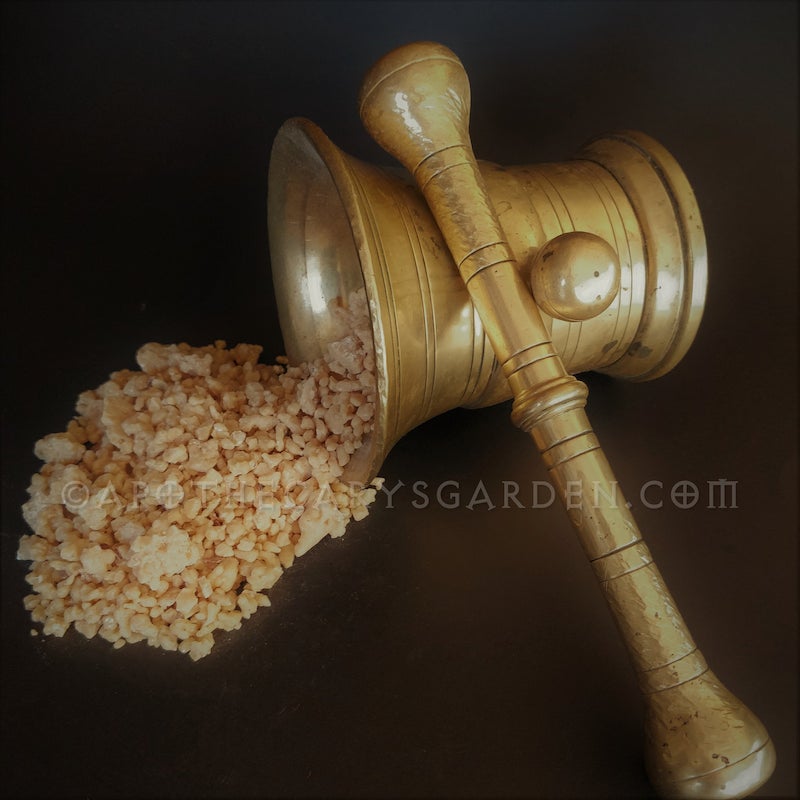
How to make a Frankincense Resin Extract with Boswellic acids
by Dan Riegler February 13, 2025 5 min read
The resin portion of Frankincense contains very valuable therapeutic compounds called Boswellic acids. You won't find them in the water-soluble gum, and you will not find them in the essential oil of Frankincense. We cannot use these resin acids to their fullest extent until we liberate the resin from the gum portion.
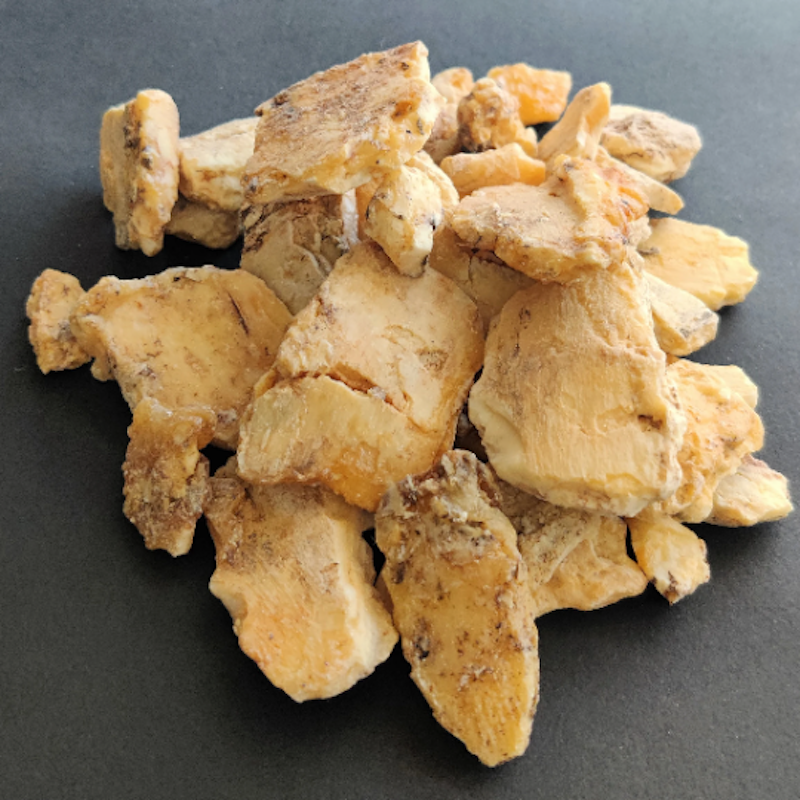
Sumatrana Benzoin-A New sustainable resin for Medicine, Incense and perfume
by Dan Riegler February 05, 2025 5 min read
Sumatrana Benzoin is harvested sustainably by farmer families in a small area of Northern Sumatra. This resin is unique in that it has floral notes other Benzoin types Lack. It has only recently been introduced to the Western market for use in perfume, medicine, incense and cosmetics.
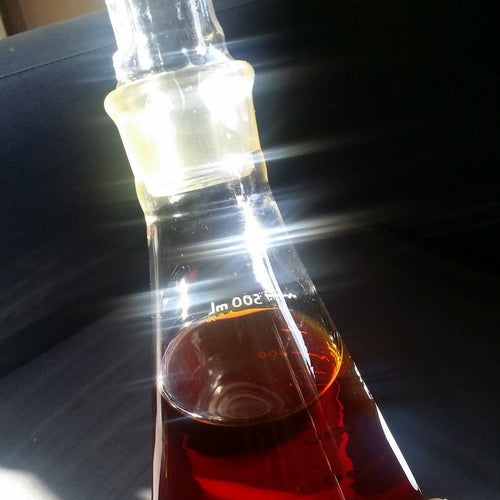
How to make a Medicinal Tincture of Frankincense
by Dan Riegler January 23, 2025 5 min read
There are several ways we can benefit from the anti-inflammatory and anti-cancer resin compounds found in Frankincense resin. A tincture is one of them and an easy product to make at home.
Recent Articles
-
How to make a Frankincense Resin Extract with Boswellic acids
February 13, 2025
-
Sumatrana Benzoin-A New sustainable resin for Medicine, Incense and perfume
February 05, 2025
-
How to make a Medicinal Tincture of Frankincense
January 23, 2025
-
Frankincense as Medicine-Truth, Myth, and Misinformation
January 15, 2025
-
Sustainable Frankincense from the Samburu women of Kenya
December 04, 2024
-
How to make a Tincture of Myrrh for oral health
November 27, 2024
-
Green Frankincense Demystified
October 04, 2024
-
How to make an oil extract of Frankincense-2 methods
January 17, 2024
-
Suhul Myrrh-A gift from the trees
January 03, 2024
-
How to prepare Winter Medicine with local Tree Resins
December 14, 2023
Categories
- Akba
- Ambergris
- Animal Welfare
- Animalics
- Anti-inflammatory
- Aphrodisiacs
- Aphrodite
- Apothecary Arts
- BA
- Benzoin
- Boswellia
- Boswellia Carterii
- Boswellia Frereana
- Boswellia Neglecta
- Boswellic Acids
- Boswellis Serrata
- burn incense
- cancer
- Censer
- Chest Rub
- Commiphora
- Commiphora Myrrha
- Copal
- Cough Balm
- DIY
- DIY Frankincense extract
- Fair trade
- ferula
- Frankincense
- Frankincense Absolute
- Frankincense as medicine
- Frankincense Extract
- Frankincense Neglecta
- Frankincense Sacra
- Frankincense Tincture
- Frankincense tutorial
- Incense
- Incense burners
- Incense Making
- Incense Resins
- kenya
- Medicated oils
- Medicine chest
- Muscle Rub
- Musks
- Myrrh
- Myrrh tincture
- new
- Perfume
- Perfume Ingredients
- Perfume Making
- Perfumery
- Pine
- Pine Resin
- Resin extract
- Royal Green Hojari
- Sacred Copal
- Samburu
- Spruce Resin
- Suhul Myrrh
- Sultans Select
- Sumatrana Benzoin
- Sustainability
- Sustainable Frankincense
- Sustainable Harvest
- tincture
- Traditional Medicine
- Tree Medicine
- Tree Resins
- Tutorials
- Wildcrafting
- Wood finishes
Where are you Blog posts Dan?
Please bear with me as I rewrite, update and link my old Blog posts to the new shop. If you don't see the tutorial or post you are looking for, pop in periodically. I should have them all up, updated and running in the next few weeks.
Subscribe
Sign up to get the latest on sales, new releases and more …
- Comments
- DISQUS
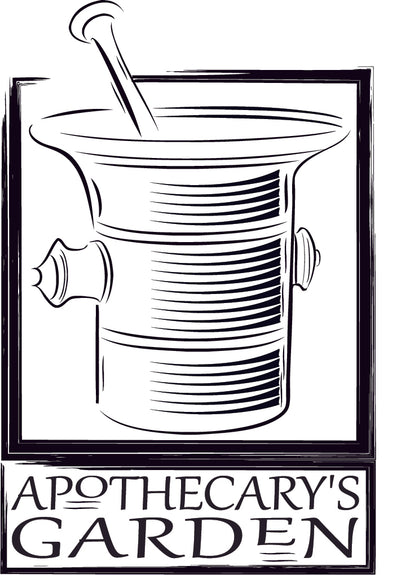
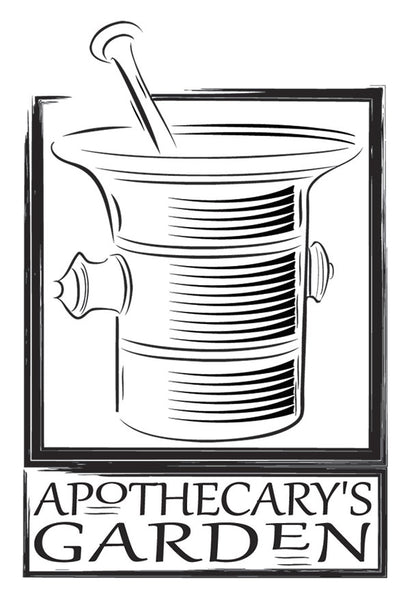



beleszove
January 15, 2024
Great article, Dan! I have yet to find a tree where I can collect enough resin to do anything with it other than warm the tears in a resin burner, but I’m looking forward to that day. I am wondering what your preferred collection too is? So far I have been using wooden coffee stirrers with rounded ends to get into crevices but they are a bit flimsy. On the plus side, they are cheap and easy to compost.
Also for medicinal body oils, I like to put them in a rollerball bottle with a wide ball to avoid overdispensing. It takes a bit more time to get a good amount out but also massages the oil in while you’re doing it.